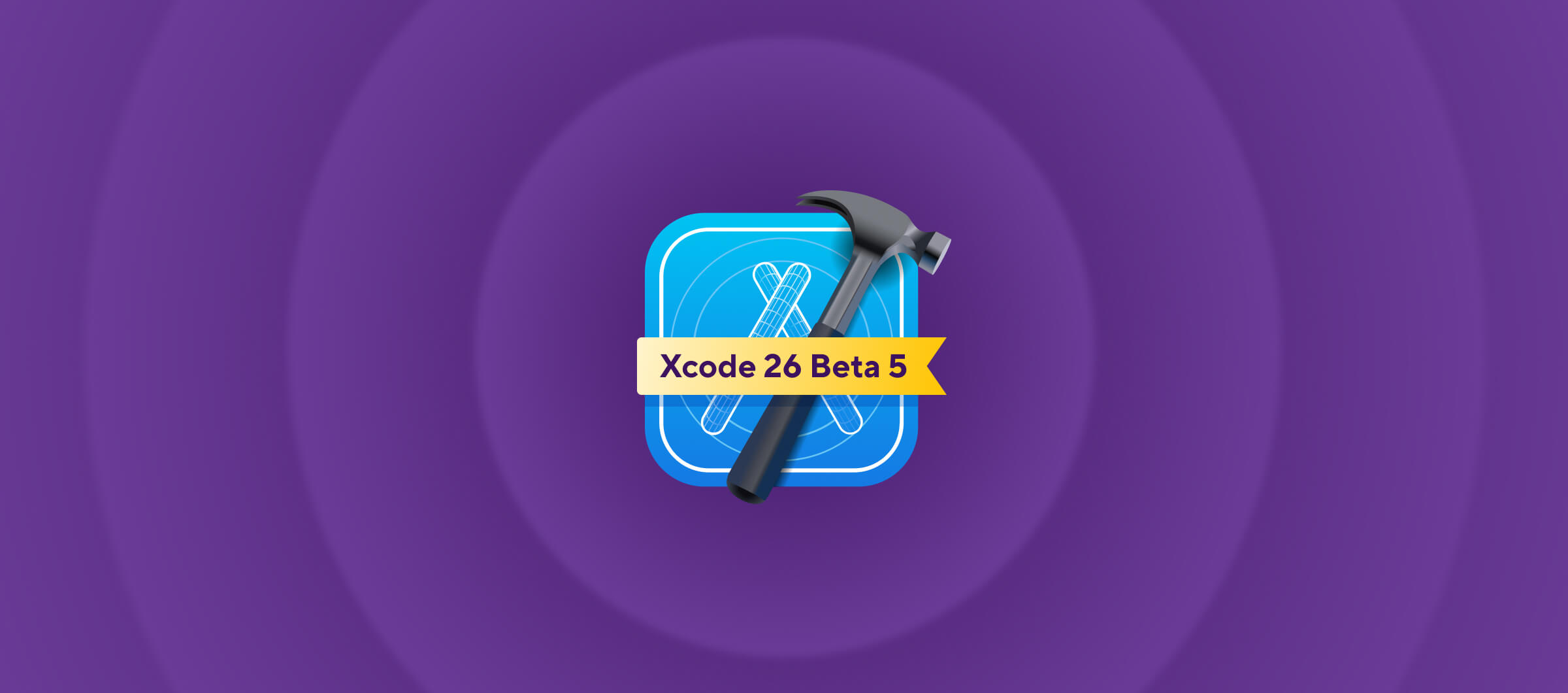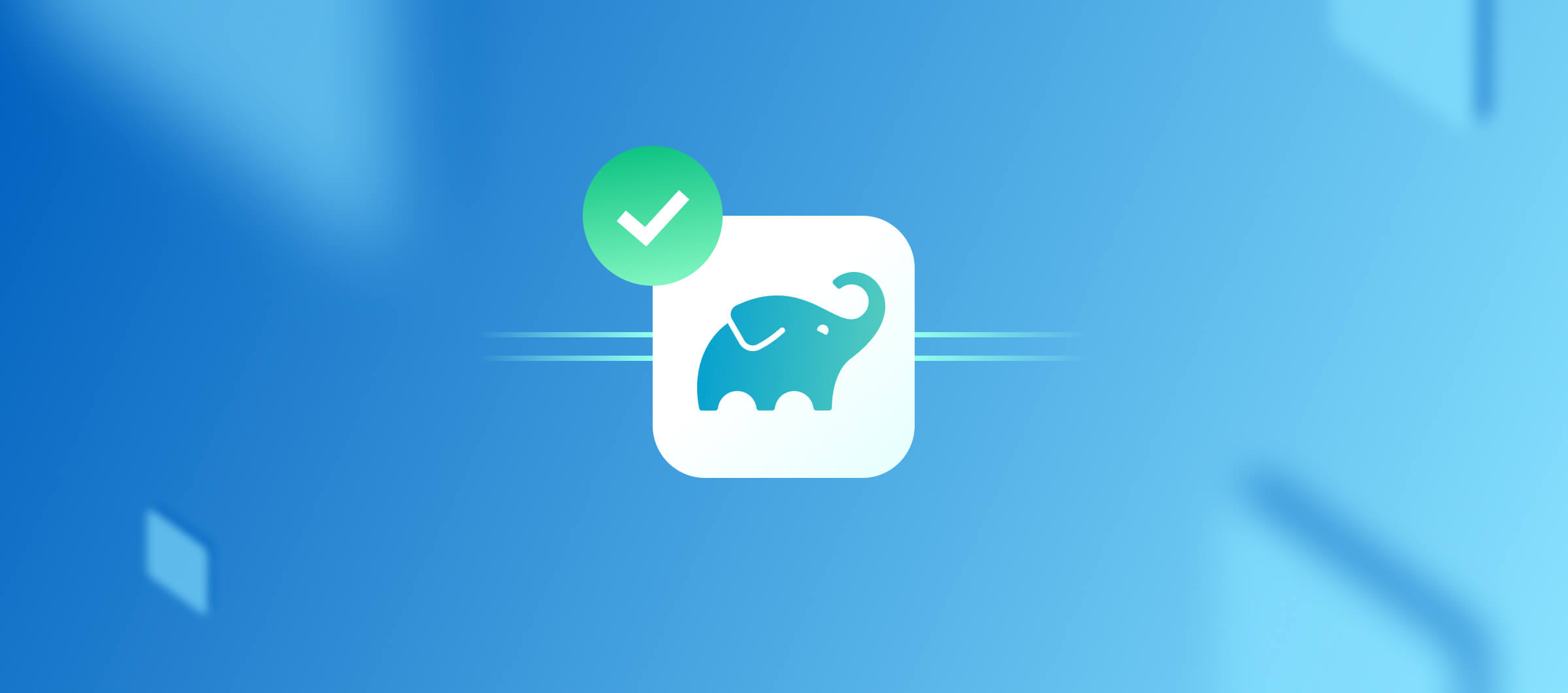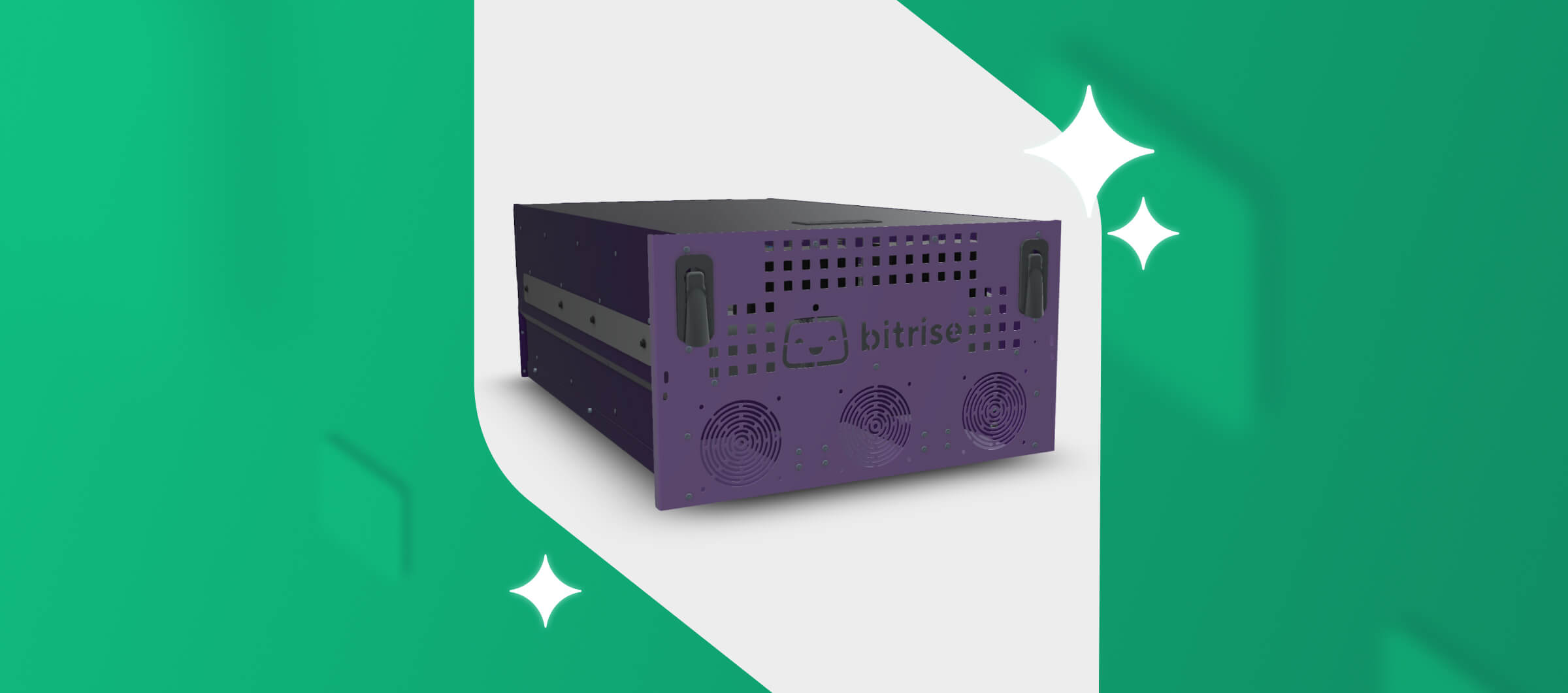When developing iOS applications, creating an IPA file is a crucial step in distributing and testing your app. But managing this process—especially across development teams—can become tedious and error-prone if done manually.
In this post, we’ll explain what an IPA is, why it matters in CI/CD pipelines, and how you can seamlessly generate, sign, and distribute IPA files using Bitrise automation.
1. What’s an IPA?
An IPA (iOS App Store Package) is essentially the packaged format of your compiled iOS application. It contains the app’s executable code and all the required resources bundled together into a single file. This file format is what you deploy to iOS devices during testing or distribute to users via the App Store or other channels.
In CI/CD workflows, the IPA file represents the final build artifact. After your code is compiled and tested, the IPA is the output that can be installed on devices or submitted to Apple for review.
Keeping this step automated is essential for rapid iteration since it ensures consistent, error-free artifacts every time you build.
When teams automate IPA build creation, signing, and distribution, they reduce the risk of manual mistakes like incorrect signing or provisioning errors. It also allows developers to focus on coding, while testers and stakeholders get timely access to the latest builds for feedback, accelerating the overall release cycle.
2. Generating an IPA with Xcode vs Bitrise
Traditionally, you generate an IPA file locally using Xcode. Here are the steps:
- Open your project in Xcode.
- Select the appropriate target and scheme.
- Archive the app from Product > Archive.
- Export the archive, choosing your distribution method (App Store, Ad Hoc, Development, or Enterprise).
- Sign the app with a provisioning profile and export the IPA.
While straightforward, this manual approach is not scalable for teams or frequent releases. It also introduces chances for signing mistakes and inconsistencies.
2.1 Bitrise automation to the rescue
Bitrise, a leading mobile CI/CD platform, automates the entire IPA generation process. Within the Bitrise Workflow Editor, the Xcode Archive & Export for iOS step creates an .xcarchive and exports an IPA according to your configuration.
Simply connect your Git repository, set up your Workflow, and Bitrise handles all building, archiving, signing, and IPA exporting—leaving you with repeatable, consistent results every time.

3. Automating IPA builds on Bitrise
To automate IPA creation in Bitrise, you add the Xcode Archive & Export for iOS Step to your Workflow, which compiles your app, creates an archive, and exports the IPA smoothly.
You then configure automatic code signing by integrating with the Apple Developer Portal. Depending on your distribution needs, specify the appropriate signing method: use development for internal testing and ad hoc distribution, or app-store for production releases targeting the App Store.
Additionally, customize the export options by specifying your project workspace, scheme, and export method within the Step inputs. Bitrise handles all the details automatically, delivering consistent and error-free IPA builds every time.
3.1 Managing test devices and provisioning profiles
Successful IPA builds rely on valid code signing, which requires provisioning profiles and registered devices:
- Register devices in the Apple Developer Portal to enable distributing development or ad hoc builds.
- Use Bitrise’s Automatic Provisioning feature: it dynamically creates and updates provisioning profiles linked to your Apple Developer account.
This automation minimizes manual profile management, reduces build failures, and keeps your certificates and profiles fresh.
4. Centralized artifact storage and distribution
Once the IPA is generated, Bitrise provides convenient ways to distribute and manage your build artifacts:
- Public Install Pages
Share a simple public URL where testers can download and install your IPA directly on their devices. - Release Management
Automate your deployment pipeline by configuring release workflows that push builds to TestFlight, Firebase App Distribution, or even the App Store automatically. More about Release Management in a sec! - Generate Release Notes
Bitrise can generate changelogs and release notes to accompany every build, making it easier to communicate updates to testers and users.
Through centralizing artifact storage, Bitrise creates a single source of truth for your iOS builds—eliminating confusing file transfers and enabling more transparent processes.
5. Versioning and build number conventions
Proper versioning and build numbering are essential when managing IPA files, especially within automated CI/CD pipelines.
iOS apps use two key values for identifying builds: the version number (known as CFBundleShortVersionString) and the build version number (known as CFBundleVersion).
The version number typically reflects the user-facing app version like "1.4.2" and follows a semantic versioning format. The build number is an internal integer or string that increments with each build, used primarily to differentiate between multiple builds of the same version.
Maintaining consistent versioning practices helps both developers and testers understand what features or fixes are included. In automated workflows on Bitrise, you can dynamically update the build number and version number with each build: see Build numbering and app versioning.
Ensuring your version and build numbers are properly set before generating the IPA prevents conflicts during App Store submissions and helps testers track which build they are evaluating. Bitrise’s built-in steps and scripting capabilities make integrating version and build number updates seamless parts of your CI/CD pipeline.
6. Streamlining distribution with Release Management
Once your IPA file is ready, the most efficient way to deliver it to testers and publish it to online stores is through Bitrise’s Release Management (RM). Release Management acts as a centralized hub to oversee your app’s entire distribution process, ensuring that every build reaches the right audience smoothly and securely. This not only saves time but also reduces the risks associated with manual handling of build artifacts and deployment steps.
6.1 Test distribution
Test distribution within Bitrise Release Management enables you to quickly share test versions of your app with specific groups of testers. You can organize testers into distinct groups, which makes managing feedback more structured and targeted. Whether you’re distributing internal builds to QA teams or beta versions to external testers, this capability ensures that only authorized testers receive the relevant app builds. Importantly, testers only have access to the builds assigned to them and do not gain visibility into other parts of your release pipeline, helping you maintain precise control over who sees what.
6.2 Automated deployments
Bitrise Release Management empowers you to create a fully customizable release workflow that takes your iOS app through every stage of deployment with as much automation or manual intervention as you prefer. This flexibility allows your team to maintain control over critical steps while streamlining repetitive tasks for faster releases.
The release process typically involves the following key stages:
- Select a release candidate IPA
Begin by choosing the specific IPA build you want to release. This ensures that only thoroughly tested and verified builds progress, helping maintain high quality and stability throughout your release cycles. - Upload it to TestFlight
Bitrise automates the process of uploading the selected IPA to TestFlight, Apple’s platform for beta testing. This seamless integration saves time by eliminating manual uploads and enables you to quickly distribute pre-release builds to testers for valuable feedback. - Submit for App Store review
Once testing is complete and you’re confident in your build, Bitrise can automatically submit your app to the App Store for Apple’s review. Automating this step reduces the chance of errors and speeds up your time to market by ensuring builds are submitted promptly. - Release on the App Store: either to all users at once or in phases
After approval, Bitrise supports flexible release strategies. You can launch your app update immediately to all users or choose a phased rollout to gradually expose the new version to selected user groups. This phased approach helps mitigate risks by catching potential issues early, improving overall release reliability.
6.3 Generating release notes
Additionally, Release Management helps you maintain clear communication with your team and stakeholders by generating release notes automatically for every new build. These notes can highlight new features, bug fixes, or other important information, providing testers and users with context on what has changed. This level of transparency keeps everyone informed and makes feedback cycles more effective, ultimately helping you deliver higher quality iOS apps faster.
Why automate IPA creation with Bitrise
Manual IPA generation can slow down your release cadence and increase the risk of errors. Bitrise’s powerful automation platform simplifies the entire process: from building and signing to exporting and distributing IPAs. This lets development teams focus on what matters most—building innovative apps—while testers and users get timely, reliable access to the latest versions.
Ready to transform your iOS CI/CD pipeline? Try Bitrise today to streamline IPA creation and deployment from code commit to App Store release.
If you want a quick start, Bitrise offers detailed documentation and pre-built workflows to help you automate your first IPA build in minutes. Happy building!




